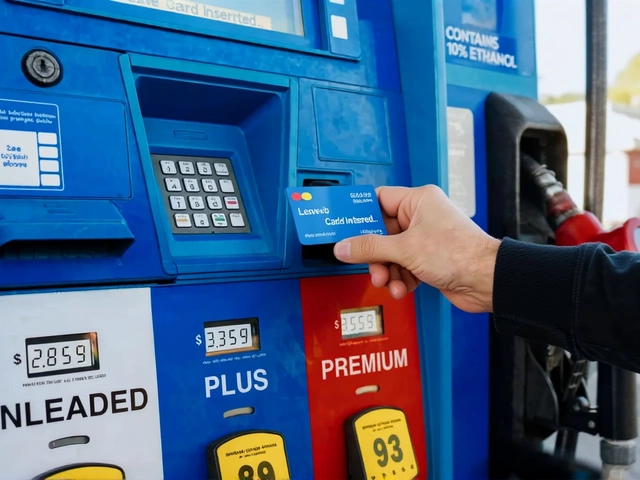Data Preservation for Sports Car Fans: Keep Your Records Safe
If you love fast machines, you probably track lap times, tune settings, and even snap a few pics after a weekend run. All that info is golden, but it can disappear in a snap if you don’t back it up. Let’s talk about why you should preserve your car data and how to do it without a fuss.
Why Preserve Your Car Data?
Your car’s performance numbers are more than bragging rights. They help you spot trends, plan upgrades, and stay on top of maintenance. A lost log could mean missing a wear‑point on a brake pad or forgetting a software update that boosts power. Plus, when you sell the car, a tidy digital record boosts credibility and can even raise the price.
Even photos matter. A before‑and‑after set shows how a new exhaust or a fresh paint job changed the look. Fans love that stuff, and it’s great for social media posts that keep the community buzzing.
Easy Ways to Back Up and Protect Your Info
First, pick a reliable storage method. Cloud services like Google Drive, Dropbox, or OneDrive are cheap, sync automatically, and let you access files from any device. Create a folder named after your car model, then sub‑folders for "Lap Times," "Maintenance," and "Photos."
If you prefer something offline, get a sturdy external SSD. They’re fast, compact, and won’t break if you drop them. Plug it into your laptop after each track day and copy the new files over. Label the drive with the car’s VIN so you always know which data belongs where.
Automation can save you time. Many dash cams and data loggers let you set up auto‑upload to your chosen cloud folder. Enable that feature and set the app to run at startup. You’ll never have to remember to hit "save" again.
Don’t forget to back up the backup. Keep a second copy on a different service or a separate hard drive stored in a safe spot. If one service goes down, you still have the other.
Organise files with clear names. Instead of "IMG_1234," use "2024-05-12_TrackDay_LapTimes.csv". This makes searching a breeze later on. Add a short note in the file’s description field – for example, "Removed rear wing before this session" – so you recall the context.
Finally, review your archive every few months. Delete duplicates, update outdated logs, and make sure everything still opens. A quick check now prevents a big headache when you need that data in a hurry.
By following these simple steps, you’ll keep your sports car data safe, organized, and ready to share. Whether you’re tweaking performance, proving a point to a fellow enthusiast, or just reminiscing about that perfect lap, good data preservation makes the whole experience smoother.
So grab that cloud account, plug in your SSD, and start sorting. Your future self will thank you the next time you need that perfect torque curve or that photo of your car shining in the sunset.

After the Trump administration shut down key federal climate websites and removed National Climate Assessment reports, scientists, librarians, and advocates launched an emergency rescue effort. Universities mirrored datasets, legal groups won early court orders on health sites, and archivists preserved millions of records. The fight now is about access, continuity, and who controls public science.
Continue Reading





